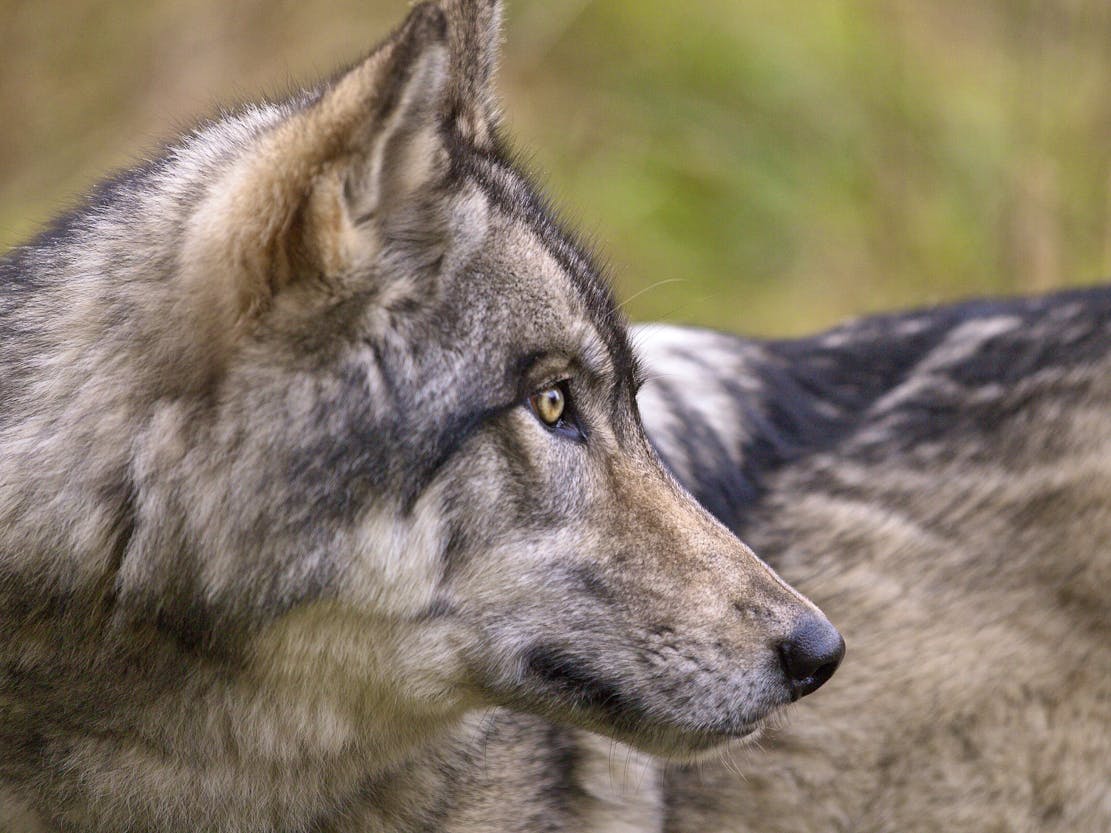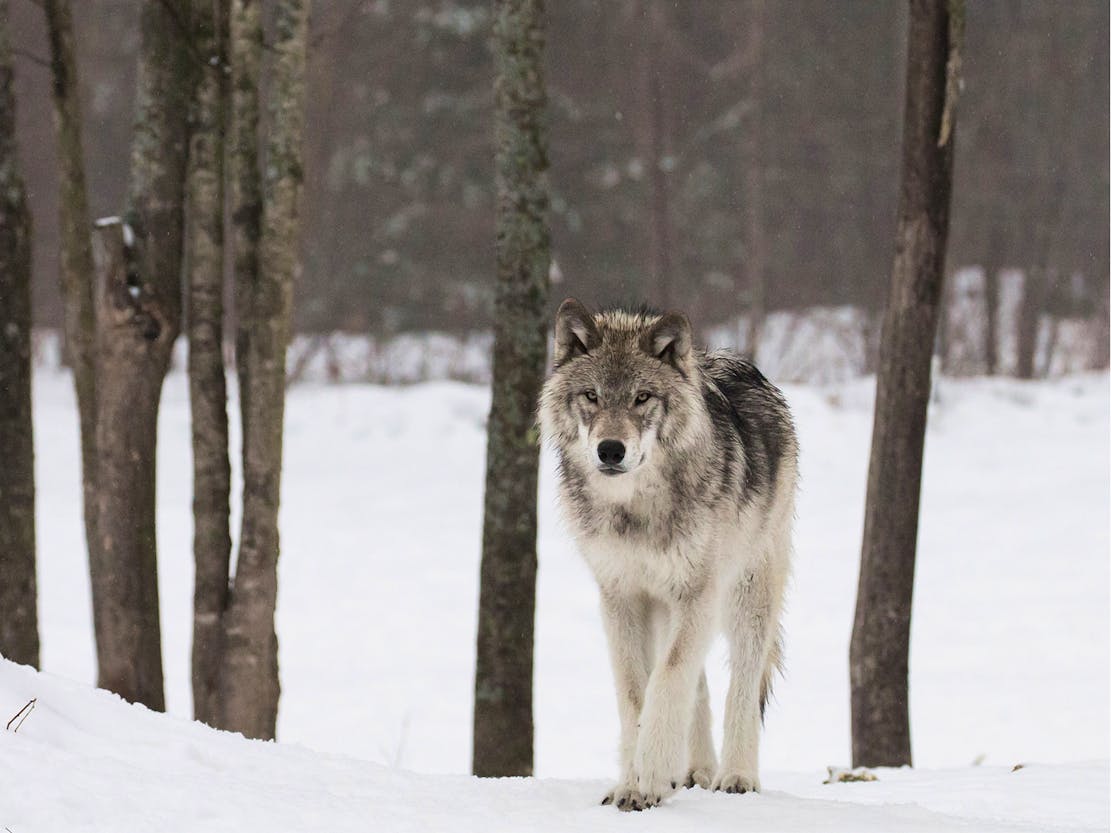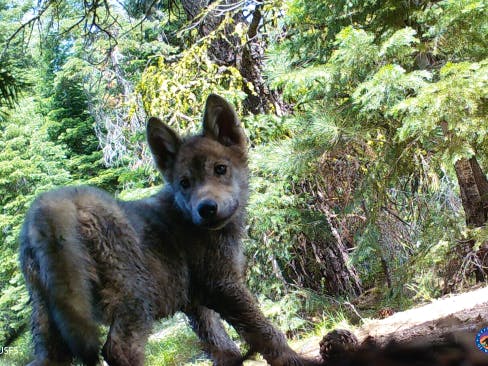Gray wolves once dominated the western landscape, but widespread killing virtually wiped them out in the lower 48 states by the 1940s. Today, wolves are back in the Northern Rockies thanks to a highly successful reintroduction program in central Idaho and Yellowstone National Park, and to dedicated conservation efforts. By the end of 2012, the estimated population was 1,674 wolves in the Northern Rockies region.
Over the years, despite many efforts by Defenders and other conservation groups to gain social acceptance for wolves on the ground, repeated attempts were made to prematurely strip federal protection for wolves in all or part of the Northern Rockies.
Aggressive wolf hunts have already resumed in Idaho, Wyoming and Montana. For example, Idaho Department of Fish and Game has adopted year-round hunting and trapping in parts of the state and Wyoming has eliminated protection for wolves in over 80% of the state. As a result, the future of wolf recovery across the region remains uncertain.







